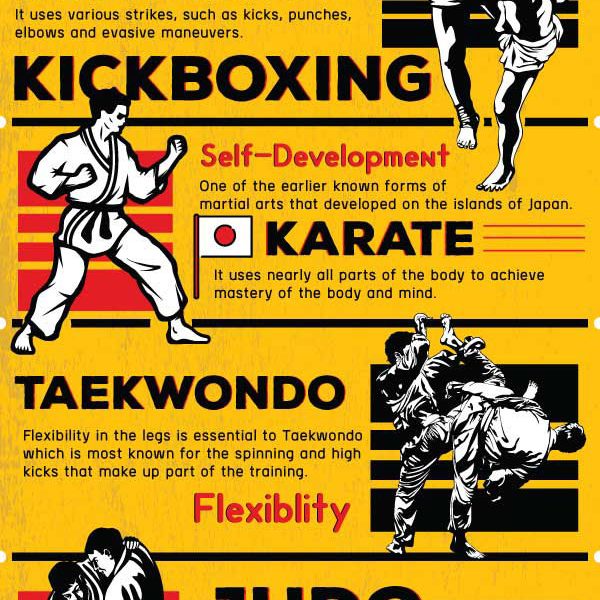Discovering The Distinctions Between Traditional Martial Arts And Contemporary Battle Sports
Discovering The Distinctions Between Traditional Martial Arts And Contemporary Battle Sports
Blog Article
Author-Thuesen Finnegan
When you think of martial arts, do you lean more toward the typical methods or the modern fight sporting activities? https://www.wsls.com/news/local/2022/08/31/more-consider-self-defense-training-amid-rise-in-roanoke-crime/ offers distinct advantages and experiences, shaped by their philosophies and training approaches. Typical martial arts stress personal development and technique, while modern-day battle sporting activities concentrate on competition and efficiency. Recognizing these distinctions can direct you in selecting the best approach for your trip. Yet just how do these differences materialize in training and ideology?
The Philosophy and Background Behind Typical Martial arts
While many individuals associate martial arts with physical combat, the ideology and background behind traditional martial arts run much deeper. You'll find that these techniques stress personal growth, discipline, and respect.
Originating from ancient techniques, conventional martial arts were typically created for Self-Defense and spiritual growth. They embody principles such as equilibrium, harmony, and self-constraint, assisting experts past plain battling skills.
As you educate, you'll not only find out techniques but also obtain understandings into the culture and values that shaped these arts. The routines and customs, usually given via generations, cultivate a feeling of area and belonging.
The Affordable Nature of Modern Battle Sports
Modern fight sporting activities have transformed the landscape of martial arts into an extremely competitive field, where professional athletes take on in a test of skill, method, and endurance.
You'll discover that competitions are usually arranged with stringent policies and policies, making sure fair play and safety. These occasions bring in large audiences, sustaining the enjoyment and intensity of matches.
Athletes train carefully, not just for physical prowess however also for mental strength, recognizing that every detail counts in the ring. The adrenaline thrill throughout competitors is apparent, as boxers push their limits to claim triumph.
Fans appreciate the athleticism and virtuosity involved, making modern fight sporting activities a thrilling phenomenon that continues to evolve and astound fanatics worldwide.
Training Techniques and Strategies: A Comparative Analysis
The competitive atmosphere of modern-day fight sporting activities demands cutting-edge training approaches that differ substantially from traditional martial arts.
In modern-day training, you'll focus on certain methods, sparring, and conditioning, often making use of drills that simulate real fight circumstances. You'll see an emphasis on measurable efficiency and constant competition to analyze your abilities.
In contrast, conventional martial arts prioritize forms, katas, and philosophical mentors, usually stressing discipline and regard over competition.
Training is usually less extreme and might involve repetitive method rather than real-time sparring.
While both approaches build skill and physical fitness, modern fight sports supply an extra dynamic and versatile training atmosphere, preparing you for prompt obstacles in the ring or cage.
Choose the path that lines up with your goals and rate of interests.
Verdict
In picking in between standard martial arts and contemporary combat sporting activities, it really comes down to what you value most. If you're looking for personal development, discipline, and a feeling of neighborhood, standard arts could be your finest fit. But if you flourish on competitors and real-time challenges, modern-day combat sports could be the way to go. Eventually, both paths offer unique advantages, so it's all about aligning your training with your personal objectives and rate of interests.
